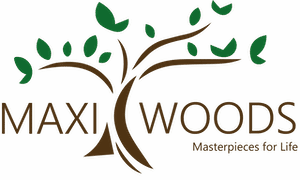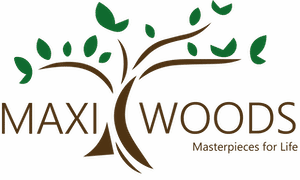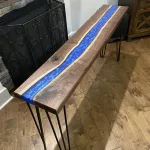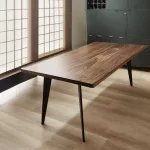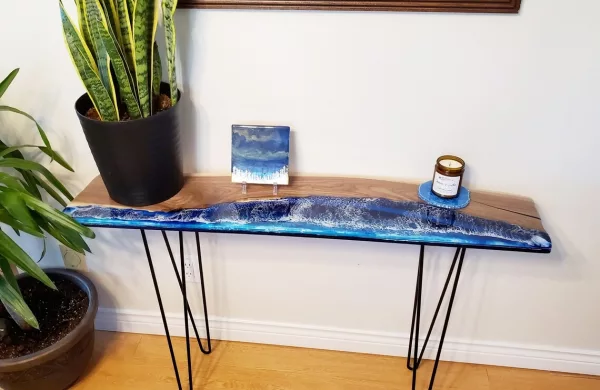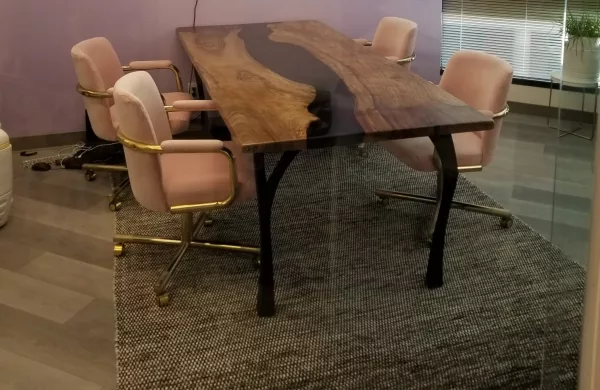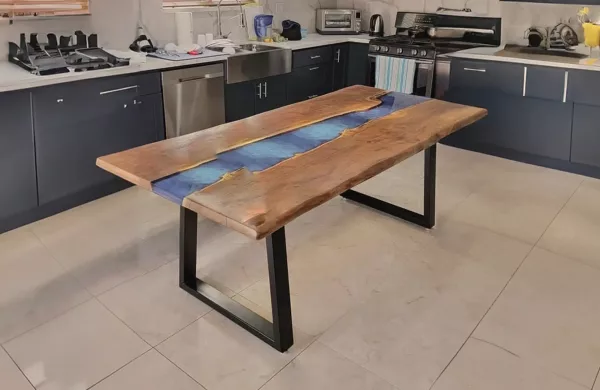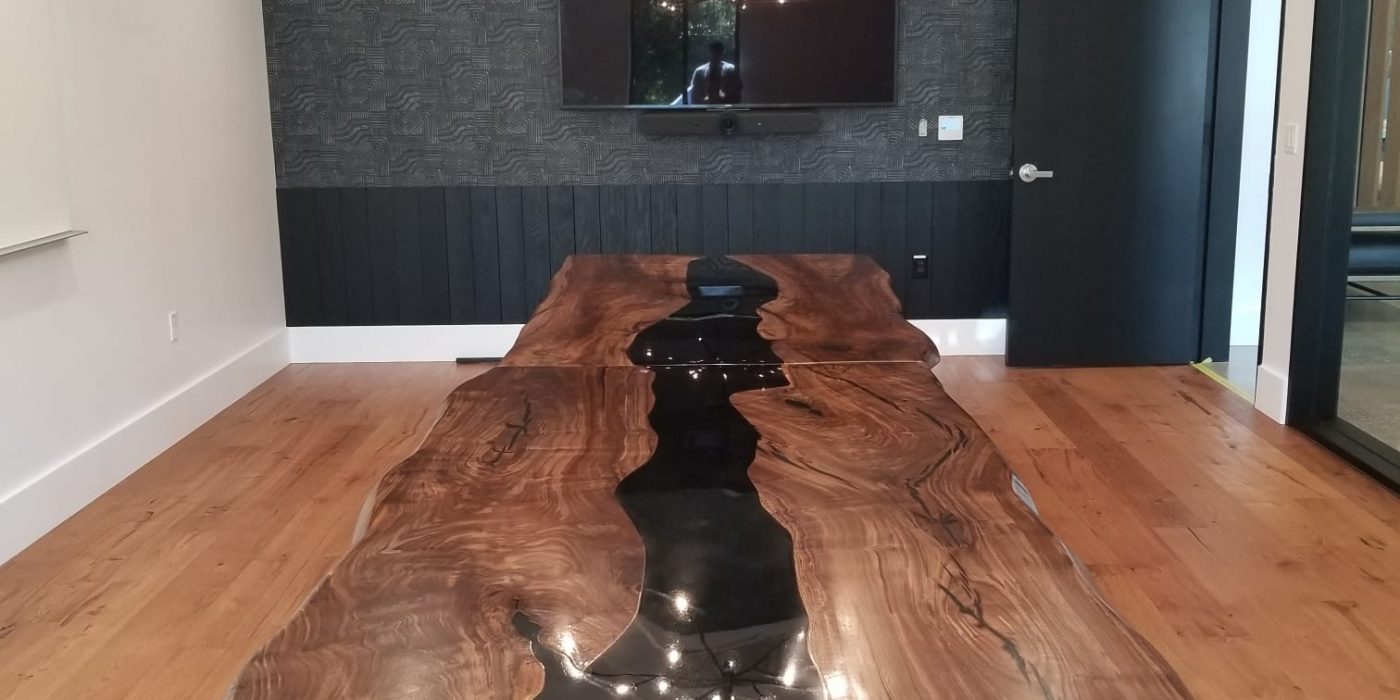
Pros of Epoxy Table as a Conference Table
Epoxy tables have gained popularity in various settings, including as conference tables in offices or meeting rooms, due to their unique combination of aesthetics and functionality. Here are some of the pros of using an epoxy table as a conference table:
- Durability: Epoxy resin, when cured, becomes extremely hard and resilient. This makes epoxy tables highly durable and resistant to scratches, impacts, and stains, which is ideal for the heavy use often seen in conference rooms.
- Customization: One of the most significant advantages of epoxy tables is the vast range of customization options available. You can choose from different colors, patterns, and even embed objects or lights within the epoxy for a personalized touch that can enhance the branding or aesthetic appeal of a workspace.
- Unique Aesthetics: Epoxy tables can be incredibly beautiful, with the ability to mimic natural patterns found in marble and granite, or to encapsulate vibrant, swirling colors. This can make a conference table not just a piece of furniture, but a focal point of interior design that sparks creativity and discussion.
- Maintenance and Cleanliness: Epoxy surfaces are non-porous and resistant to moisture, making them easy to clean and maintain. Spills can be wiped off without leaving stains, which is particularly beneficial in a busy conference room setting.
- Reflective Surface: The glossy finish of an epoxy table enhances light distribution in the room, making the space brighter and more inviting. This can contribute to a more pleasant and productive meeting environment.
- Versatility in Design: Beyond colors and patterns, epoxy tables can be crafted in various shapes and sizes to fit specific room layouts or accommodate a certain number of people, offering flexibility in conference room design.
- Sustainability Options: For those concerned with sustainability, there are eco-friendly epoxy resins available that are derived from natural sources or are more environmentally friendly. Plus, the ability to encapsulate reclaimed or recycled materials within the table can further enhance its sustainability credentials.
- Longevity: Given their durability and ease of maintenance, epoxy tables can last for many years, making them a cost-effective option over the long term despite the initial investment being higher than that for some other materials.
Cons of Epoxy Table as a Conference Table and how to handle it
While epoxy tables offer a range of benefits for use as conference tables, there are also some cons to consider. Understanding these drawbacks and knowing how to address them can help ensure that an epoxy table remains a functional and beautiful centerpiece in any conference room for years to come. Here are some of the cons associated with epoxy tables and suggestions for handling them:
- Cost: Epoxy tables can be significantly more expensive than traditional wooden or metal tables. This is due to the materials used and the labor-intensive process of creating the table, especially if custom designs are involved.
How to Handle: Consider the epoxy table as a long-term investment. Its durability and unique design can enhance the aesthetic appeal of a space, potentially contributing to a more stimulating and creative work environment. Additionally, look for suppliers who offer a good balance between quality and price, or consider simpler designs which may be more affordable.
- Weight: Epoxy tables, especially large ones, can be quite heavy. This makes them difficult to move, which could be a drawback in a conference room that needs to be reconfigured frequently.
How to Handle: Plan the layout of the conference room carefully to minimize the need to move the table. If mobility is necessary, consider using furniture sliders or ensure that the table is constructed in a way that parts of it can be dismantled or easily moved.
- Sensitivity to UV Light: Prolonged exposure to UV light can cause the epoxy to yellow over time, affecting its appearance.
How to Handle: Use a UV-resistant epoxy resin for the table’s construction to minimize yellowing. Additionally, installing blinds or curtains in the conference room can help control the amount of sunlight exposure the table receives.
- Risk of Scratches and Heat Damage: While epoxy is durable, it can still be susceptible to scratches and heat damage from hot objects placed directly on the surface.
How to Handle: Adopt a policy of using coasters and protective mats for hot items. Regular maintenance, like buffing out minor scratches and using a protective wax or polish, can also help keep the table in good condition.
- Chemical Sensitivity: Certain chemicals can damage the epoxy surface, affecting its appearance and durability.
How to Handle: Use mild cleaners specifically recommended for epoxy surfaces. Avoid using harsh chemicals or abrasive cleaning tools that could damage the table.
- Potential for Bubbles and Imperfections: If not properly cured or mixed, epoxy resin can trap air bubbles or form other imperfections in the surface.
How to Handle: Ensure the table is purchased from a reputable manufacturer who uses high-quality materials and proper techniques to minimize these issues. For existing tables with imperfections, professional refinishing may be an option to restore the surface.
However, it’s also important to consider the potential cons, such as the cost, which can be higher than traditional materials due to the labor-intensive process and the materials used. Additionally, without proper UV protection, some epoxies can yellow over time when exposed to sunlight.
Choosing an epoxy table for a conference room can be a statement choice that combines practicality with unparalleled aesthetic appeal, making every meeting not just productive but visually inspiring.
